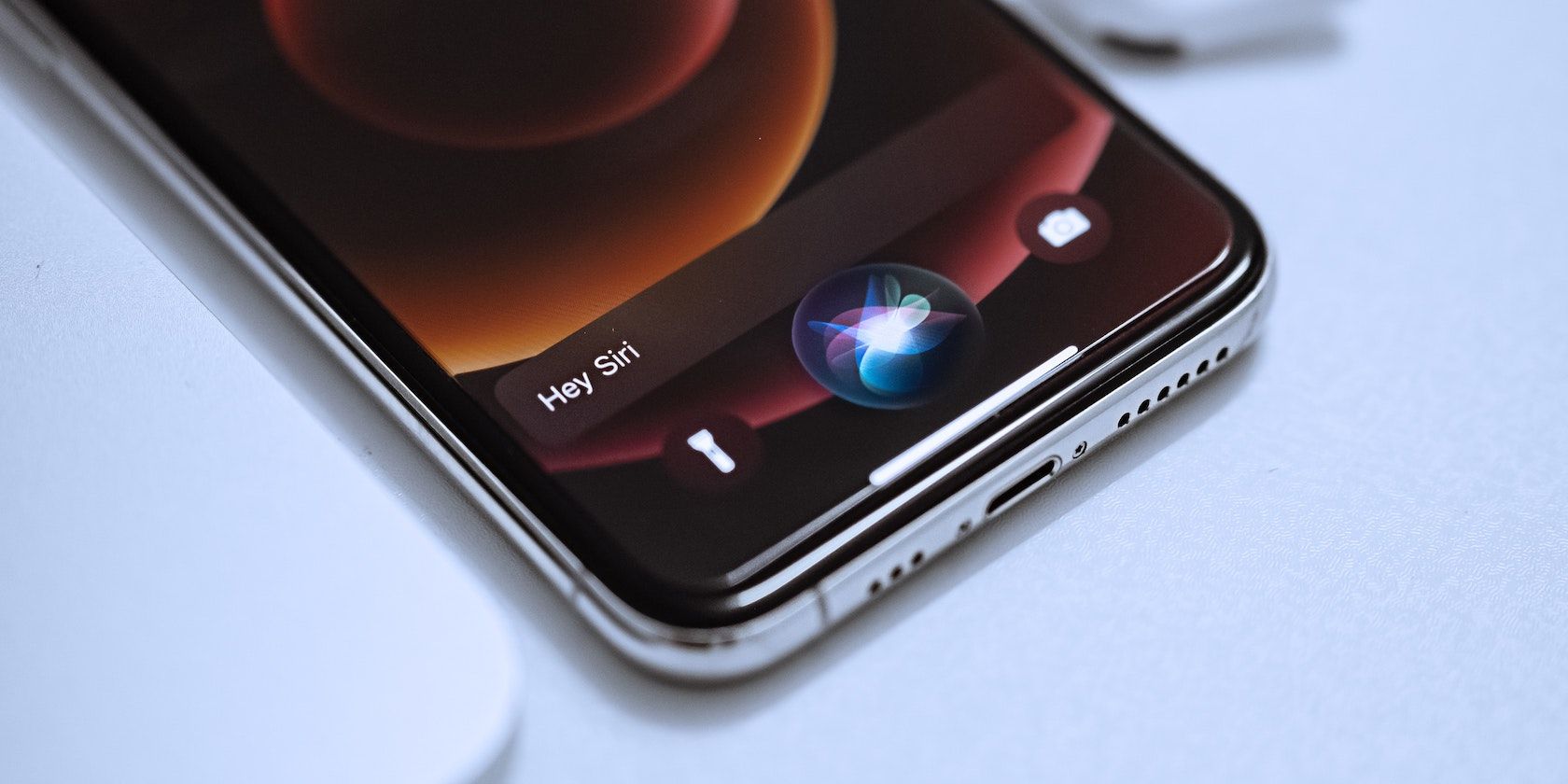Future Apple devices could recognize your voice, even if the gadget in question doesn't have a microphone.
That's according to a newly published Apple patent application. Bearing the wordy (and therefore distinctly un-Apple) title "Self-Mixing Interferometry Sensors Used to Sense Vibration of a Structural or Housing Component Defining an Exterior Surface of a Device," the application describes how a future Siri device could be able to detect certain voices and their location, based entirely on vibrations.
And that isn't all it could sense, either.
No Microphones Needed
In the application, which was highlighted by Apple Insider, Apple notes that speech recognition is becoming a more and more important way of interacting with technology. This, in turn, makes microphones more crucial than ever. But microphones aren't perfect for every scenario. For example, they may open up the opportunity for water getting into a device, or might simply be aesthetically unappealing.
Apple therefore suggests that an array of self-mixing interferometry (SMI) sensors could be used to create an airtight device, boasting location-specific voice recognition. It also notes how it could avoid false positives by analyzing the "vibratory waveform" to determine whether it's actually a person speaking, and not another background sound.
As with any patent or patent application, there's no guarantee that this becomes a feature in a future Apple product, of course. For a big company with patent lawyers on staff, patents are the legal versions of a model mocked up in Apple's industrial lab: yes, it could be the next iPhone, but it could also simply be an idea that's never mentioned again.
Some Interesting Possible Applications
Nonetheless, it's got some potentially very interesting applications. At one point, the patent application notes that: "For example, if the [voice] source is determined to be within a room in which [a] TV is installed, the TV may transition its electronic display from a low power or no power state to an operating power state after identifying ... a voice of a person carried in the vibratory waveform, or a voice of a particular person."
In other words, this could be used to create some innovative smart home capabilities. Depending on how accurate the voice recognition is, it could even conceivably have security applications, with the privacy twist that there's no microphone needed for authentication.
Apple's patent additionally notes how the SMI sensor array could be used to sense light, touch, force, heat, movement, air quality, and more.
Image Credit: Omid Armin/Unsplash CC

